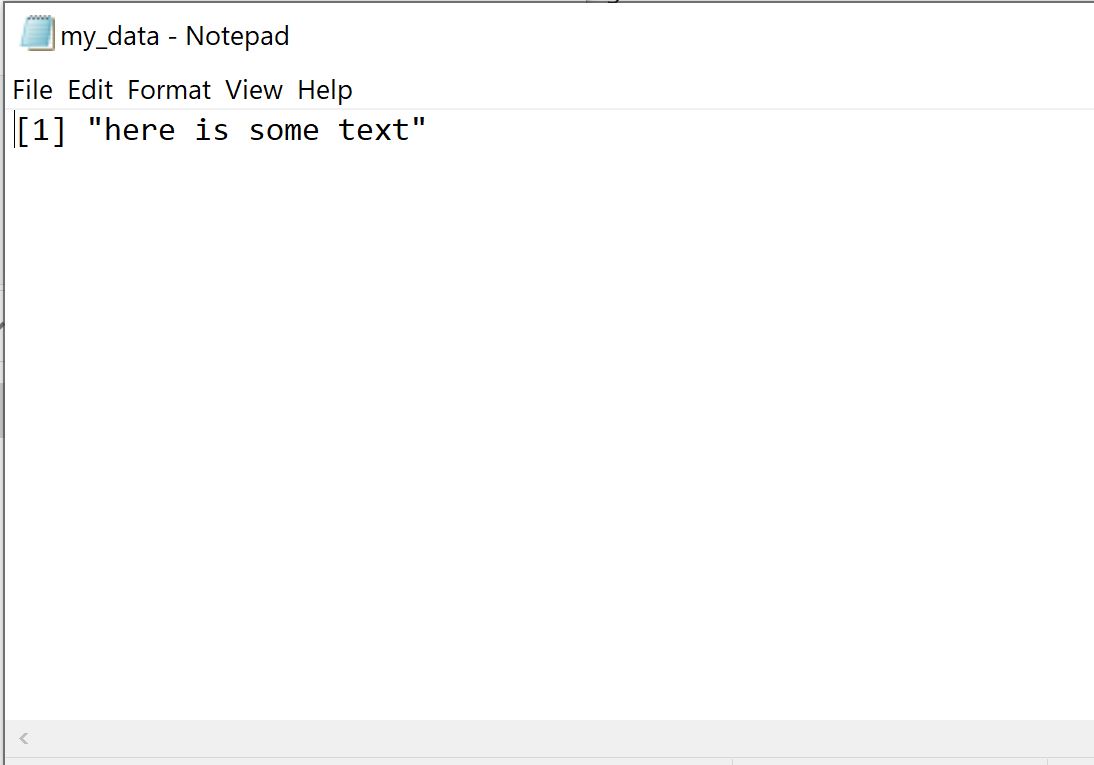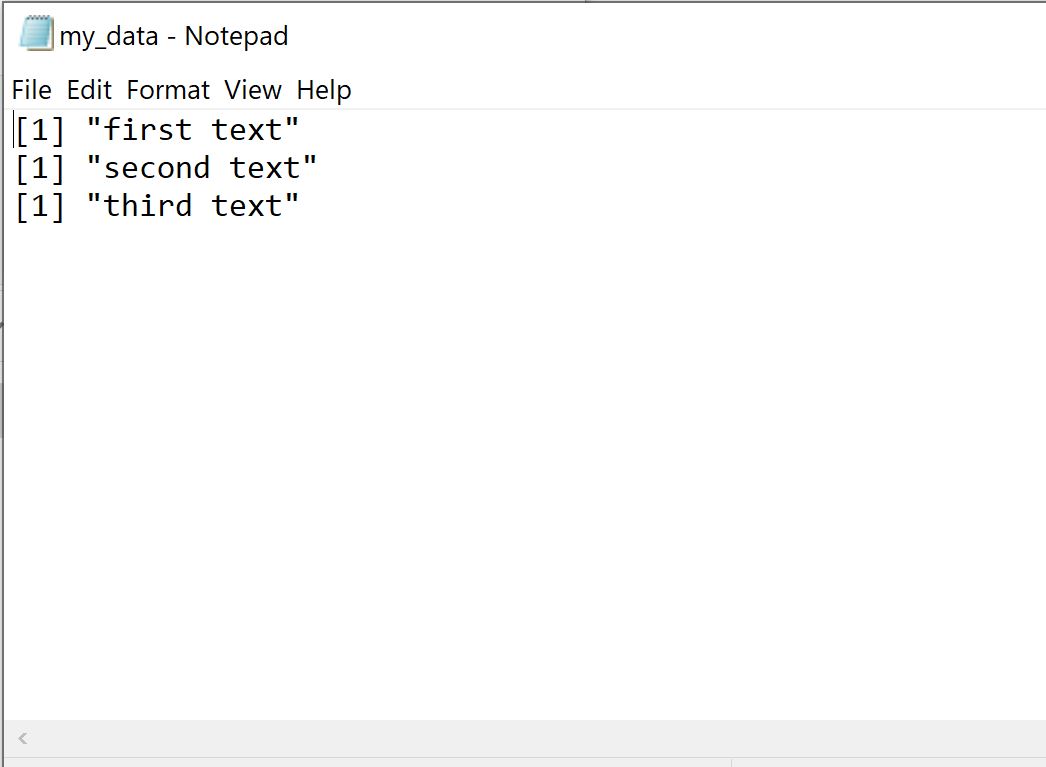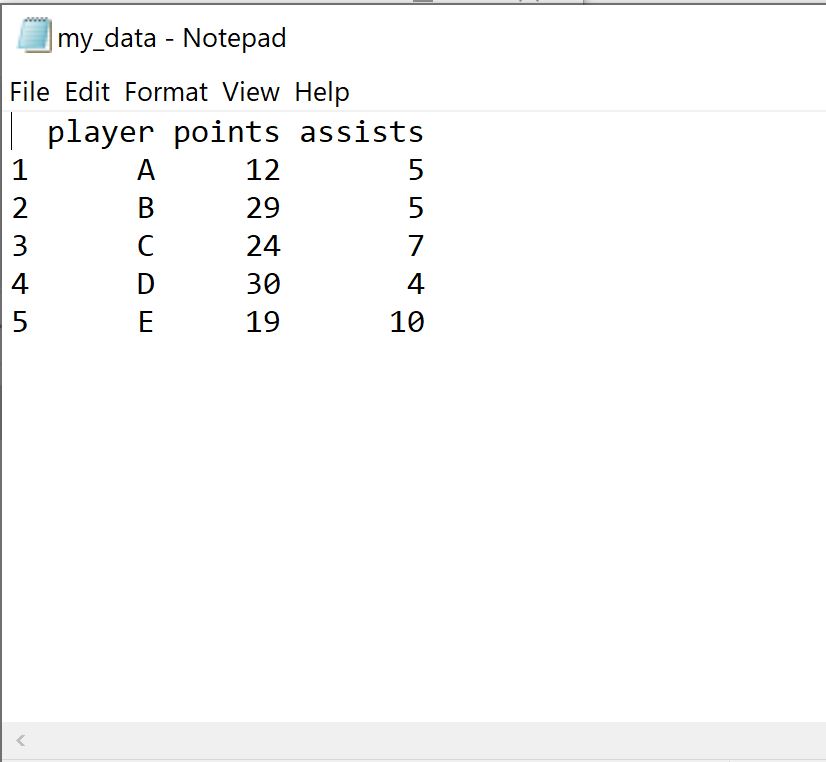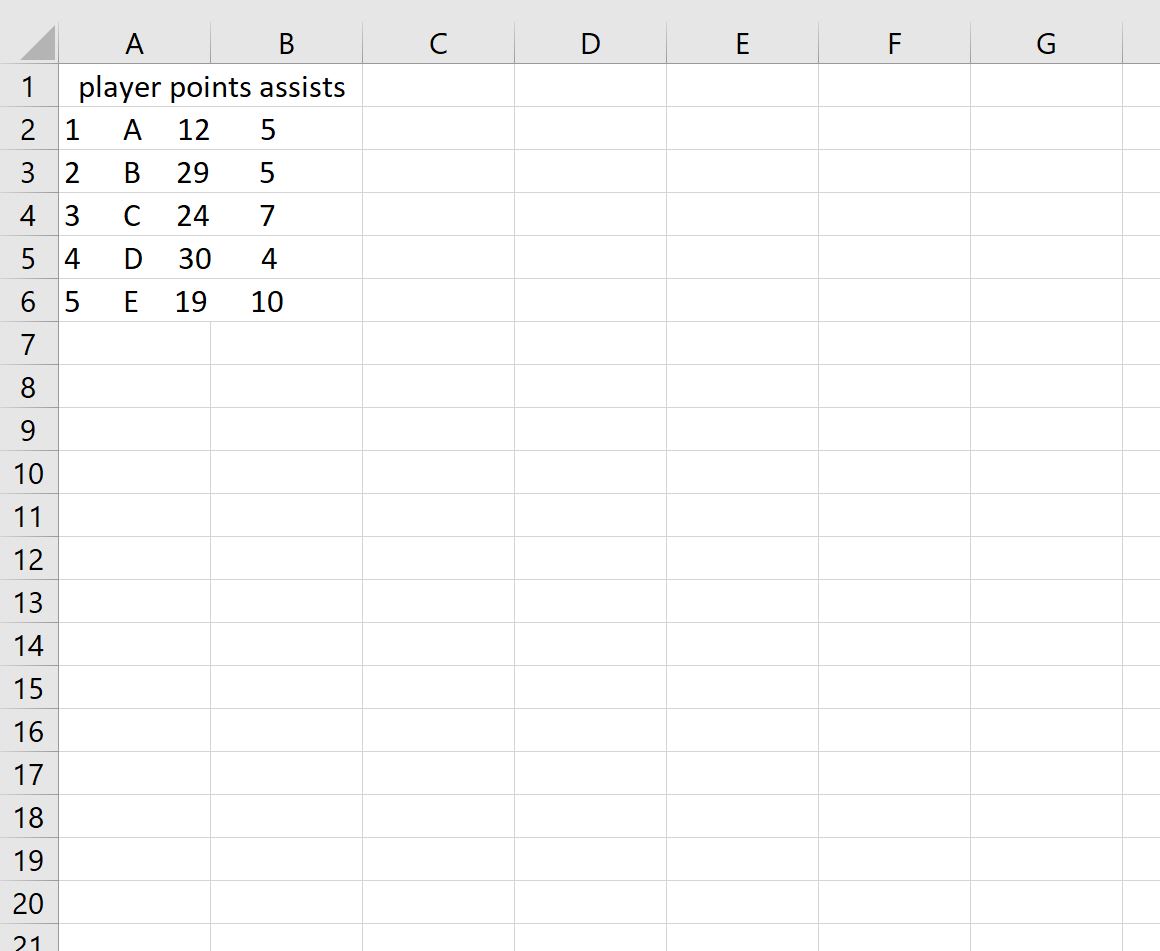R で sink() 関数を使用する方法 (例付き)
Sink()関数を使用して、R 出力を外部接続に駆動できます。
この機能は、文字列またはデータのブロックを CSV ファイルまたはテキスト ファイルに簡単にエクスポートできるため便利です。
この関数は次の基本構文を使用します。
#define file name
sink(" my_data.txt ")
#write this text to file
"here is some text"
#close the external connection
sink()
次の例は、この関数を実際に使用する 3 つの異なる方法を示しています。
例 1: Sink() を使用して文字列をテキスト ファイルにエクスポートする
次のSink()関数を使用して、文字列をテキスト ファイルにエクスポートできます。
#define file name
sink(" my_data.txt ")
#write this text to file
"here is some text"
#close the external connection
sink()
次に、現在の作業ディレクトリに移動して、テキスト ファイルを開きます。

ファイルには指定した文字列が含まれています。
複数の文字列をテキスト ファイルにエクスポートすることもできます。
#define file name
sink(" my_data.txt ")
#write several strings to file
"first text"
"second text"
"third text"
#close the external connection
sink()
次に、現在の作業ディレクトリに移動して、テキスト ファイルを開きます。

ファイルには、指定した 3 つの文字列が含まれています。
例 2: Sink() を使用してデータのブロックをテキスト ファイルにエクスポートする
次のSink()関数を使用して、データのブロックをテキスト ファイルにエクスポートできます。
#define file name
sink(" my_data.txt ")
#define data frame to write to file
df <- data. frame (player=c('A', 'B', 'C', 'D', 'E'),
dots=c(12, 29, 24, 30, 19),
assists=c(5, 5, 7, 4, 10))
print (df)
#close the external connection
sink()
次に、現在の作業ディレクトリに移動して、テキスト ファイルを開きます。

このファイルには、作成したデータ フレームが含まれています。
例 3: Sink() を使用してデータ フレームを CSV ファイルにエクスポートする
次のSink()関数を使用して、データ フレームを CSV ファイルにエクスポートできます。
#define file name
sink(" my_data.csv ")
#define data frame to write to file
df <- data. frame (player=c('A', 'B', 'C', 'D', 'E'),
dots=c(12, 29, 24, 30, 19),
assists=c(5, 5, 7, 4, 10))
print (df)
#close the external connection
sink()
次に、現在の作業ディレクトリに移動して、CSV ファイルを開きます。

CSV ファイルには、作成したデータ フレームが含まれています。
追加リソース
次のチュートリアルでは、R で他の一般的なタスクを実行する方法について説明します。
R でデータ フレームを Excel ファイルにエクスポートする方法
R でデータ フレームを CSV ファイルにエクスポートする方法